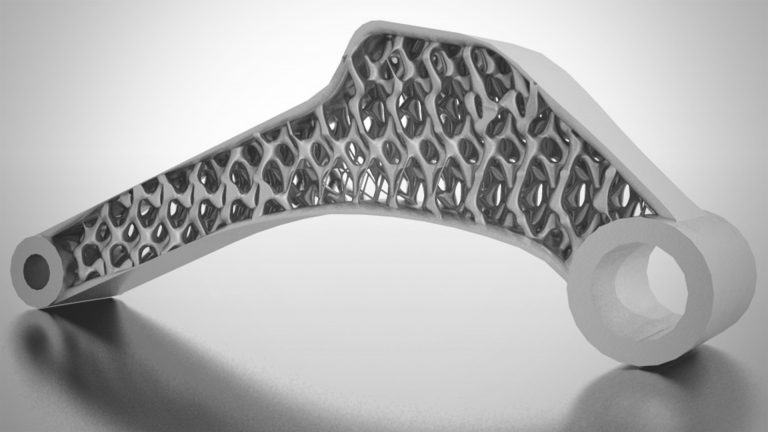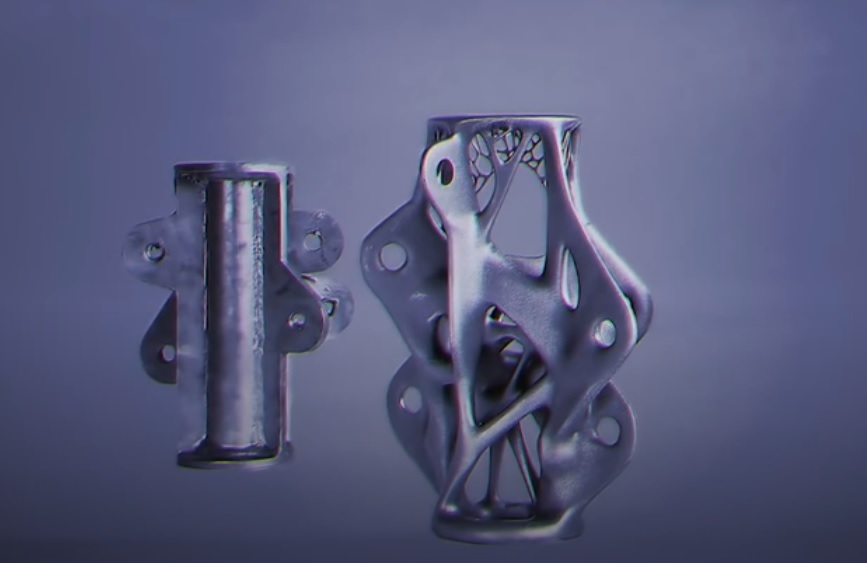ALAMO
This things work both direction. Sure you can make a missile that will fly 3km/s, yet it will struggle with accuracy for the very same reason. To maneuver at such high speeds need a whole system to be overcomplicated, starting from the mechanical/gas steering and ending up on the computing power of on board systems. I suppose it is a kind of trade off - the missile must be fast enough to catch the victim, yet slow enough not to overcomplicate things. One of the fastest missiles created was 5W28 used in S-200 Vega, that could go at Ma5.0. Very similar speed was attributed to AIM-54, but was downgraded in need to make it more versatile and useful against maneuvering targets. Even specialized anti-ballistic (yet common) 9M82 does not reach 2000m/s speed. Doesn't sound like an accident if you ask me. The only pieces that have really different parameters are dedicated interceptors, which pay the price being huge, expensive etc ... wrote:
I'm pretty rusty lately regarding the aerospace thematic (don't have the time to upgrade on the subject), but I have few remarks that could be interesting?!
[img]
 [/img]
[/img]Here is the declassified table for the missiles that S-400 is using.
We can see that some missiles can fly at the speed of 2500 m/s, and can hit the targets that are traveling at speeds up to 4800 m/s!
So, from the perspective of guidance and processing power/speed I think there should be no problem for the hypersonic air to air missile to hit much slower target such as fighter plane.
Now here comes an interesting part, and why I think that the missiles such as R-37M are very dangerous!
Since I'm a professional falconer, many years back I had a theory that Peregrine Falcon uses the same "guidance" principals as modern missiles called PN guidance law (Proportional Navigation guidance law).
Observing many peregrine attacks on other birds in the air I have noticed that inexperienced immature falcons tend to tail chase a lot at the beginning of their training.
One of the most challenging prey species is the pigeon that has lower wing loading than the peregrine falcon which makes it very maneuverable, I would say more maneuverable at comparable speeds, but it has somewhat lower top level speed.
When the peregrine is approaching the pigeon at lower closure rate there is almost no chance for the falcon to make the contact because the pigeon is able to outmaneuver the falcon!
Since the closure rate is relatively slow, the pigeon has enough time to make a good timing and to evade a predator by sharply turning.
Here are few videos of my immature peregrine male as an example:
The situation is changing when the peregrine falcon starts to realize that higher closure rate creates many problems for the pigeon!
Attacking the pigeon from the higher altitude in a dive at very high speed provides the falcon few advantages. First, the falcon is able to pull much more G's than the pigeon. Second, the falcon is not tail chasing the pigeon, he is intercepting the pigeon which means he doesn't need to pull proportionally so much more G's than the pigeon in order to follow its every turn, and thirdly, extremely high closure rate creates the problem for the pigeon to optimally time the evasive maneuver/turn.
Here are few videos of my male peregrine falcon that illustrate that:
In every case the peregrine has made a contact from a dive and has damaged the pigeon enough that he was not able to escape!
In my opinion, the biggest problem for the pigeon is actually the timing, because even if the pigeon is able to pull enough G's to make enough of a sharp turn (which is not the case in reality for the most part in such a set up), if he does it to early, the peregrine has enough time to make a very small adjustment and to intercept the pigeon.
If the pigeon does the turn to late, he won't be able to dodge the peregrine because the falcon is for the most part traveling at about three times higher speeds, and to make it even worse, he is traveling on interception course, not catching up from behind!
The worse thing any bird can do in this case is to make a sustained G turn when being attacked by the high speed peregrine!
Doing sustained G turn is almost the same as flying in a strait line because its flight path is predictable for the system that is using the PN guidance law.
The ducks and pheasants very often make such turns and are much easier to get hit compared to the pigeons.
Here are few examples:
Translating my experience with the falcons to the fighter planes and missiles, I have started to think about the best method for a fighter pilot to evade the incoming missile and logical choice for me was to look at what the experienced pigeon is doing when being attacked by the stooping peregrine!
The good pigeon, when alerted to an attack from a high distance will start to make zig zag flight pattern, and then a series of controlled jinking maneuvers when the falcon is approaching (similar situation as if the the fighter plane is inside of no escape zone NEZ of the missile).
What that creates is the number of problems for the peregrine to solve!
In the first place the peregrine has to react to every jink in order to be able to timely intercept the target because every jink is potentially a high G evading turn. By reacting to the jinking of the pigeon the falcon is loosing the speed/energy and is also loosing the time for the proper adjustment for the final blow because he constantly has to readjust its position relative to the target.
When the peregrine is in the reach of the pigeon, in a split second the pigeon is pulling the high G instantaneous turn, and because he was already created the problems that made the falcon flying in the less than optimal conditions, he is able to outmaneuver the peregrine!
Now, years letter few studies have emerged that have proven all my theories!
https://www.pnas.org/doi/10.1073/pnas.1714532114
https://journals.plos.org/ploscompbiol/article?id=10.1371/journal.pcbi.1006044
It is incredible how accurate the computer simulations were in this assessments, and also, an open loop missile evasion algorithm created by using the super computers confirmed that the best method for evading the high speed incoming missile is the very same thing experienced pigeon is doing when being attacked by the peregrine falcon!
https://apps.dtic.mil/sti/citations/ADA136834
Now, why I think that the pigeon has far better chances of evading the peregrine than an F-16 evading the R-37M?!
The answer is timing!
In order for the pilot to evade the hypersonic missile, he needs to have the same situational awareness as the pigeon does, and that is almost 360 deg visual/spherical coverage. There is only one blind spot for the pigeon, but that is another subject.
At the moment there is no system that is able to provide the pilot his position relative to the missile in the way he can react perfectly against the hypersonic missile.
The Su-57 is the closest to be able to solve the problem with its UV/IR and radar sensors spread all over the planes hull, but they are able to provide the data for the DIRCM system to react timely, not the pilot, and since the R-37M can't be neutralized with the DIRCM system, the only chance the pilot has is the ECM, chafts, and maneuvering which is hampered by the fact that pilot has to have almost perfect timing!
The fact that R-37M has few times bigger and powerful active seeker, and few times bigger warhead compared to the AIM-120D makes the things even worse!
At the end of a day, maybe my theory is wrong, but aside from a lower maneuverability and bigger size, the R-37M has many advantages compared to the more maneuverable missiles such as R-77-1 or AIM/120D in my opinion, because aside from the obvious advantages that I have listed, much higher range can be also translated to higher maneuverability.
That means, if a missile has higher potential energy at the end of the flight path (which is going to happen if the missile is fired at a long range at maneuvering target), that higher energy can be consequentially used for maneuvering, while other missiles with much lower range will be left with a slow speed and no energy for maneuvering!






 ALAMO
ALAMO


